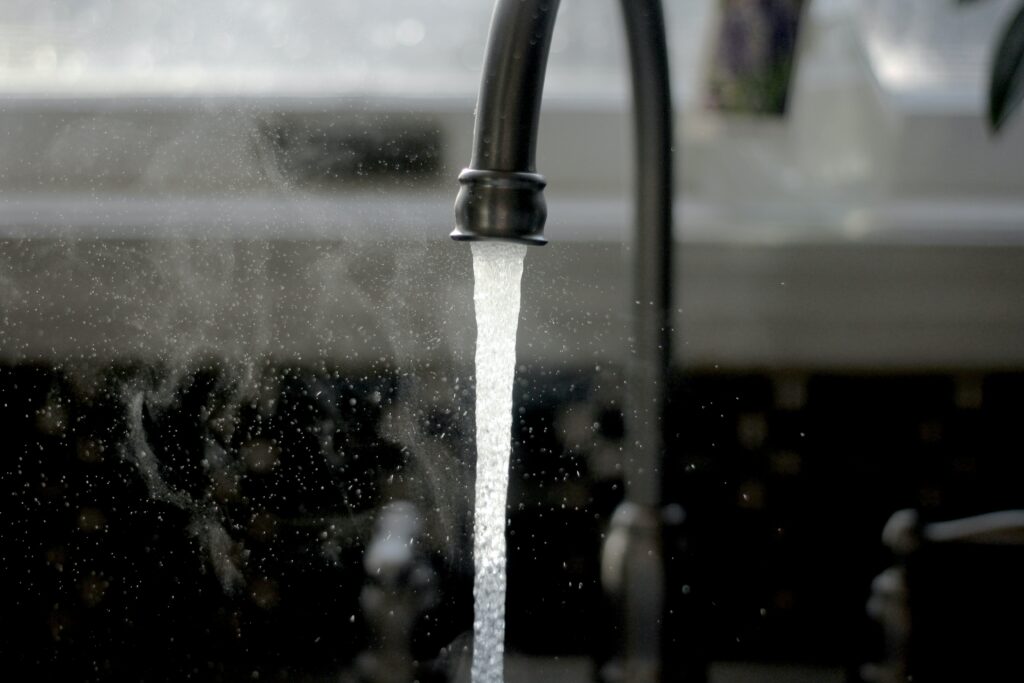
Plumbing myths are, simply put, false information that is passed around as fact. They can be dangerous and even deadly if you believe them to be true. Most homeowners follow myths to implement a DIY approach towards complicated plumbing problems. The methods, which are usually ineffective, can also seriously harm your plumbing system.
We hope to set the record straight once and for all with this helpful list of common plumbing myths regarding DIY work and plumbing fixtures.
Myth 1: A Leaking Faucet is Nothing to Worry About
Homeowners often neglect a leaky faucet and then go on to lament doing so. A dripping faucet may seem annoying, but most homeowners don’t consider it much of an issue. Interestingly, even the smallest leak can cause a waste of up to 10,000 gallons. The gallons of water wasted will result in higher water bills that would put a strain on your pockets. Moreover, leaky faucets can also cause stains on your plumbing fixtures.
Myth 2: Hand Soap is Okay for Cleaning Plumbing Fixtures
Hand soap can be really damaging for the surface of your plumbing fixture. Most plumbing fixtures have a soft surface, which may not respond positively to hand soap. Brass plumbing fixtures should best be cleaned with gentle solutions and baking soda. Toilet bowls should be cleaned with instant disinfectants to get the desired result and to prevent the spread of any impeding infections.
Myth 3: You can Use Any Kind of Pipe for Plumbing
This is a myth that many people believe, but it’s not true! There are different types of pipes that are used in plumbing, and each one has its own specific purpose. If you use the wrong type of pipe, it could cause problems with your plumbing system and even lead to flooding or leaks.
So, when choosing which type of pipe to use for your project, make sure you know what kind of job needs doing first before deciding on which type will work best for your situation. Here is a list of plumbing pipes with their purpose:
- PVC (Polyvinyl Chloride): PVC pipes are typically used for draining and waste disposal systems. They are lightweight, durable, and resistant to corrosion.
- CPVC (Chlorinated Polyvinyl Chloride): CPVC pipes are similar to PVC pipes, but they are able to handle higher temperatures and pressures. They are often used in hot water systems.
- PEX (Cross-linked Polyethylene): PEX pipes are flexible and easy to install, making them a popular choice for residential plumbing systems. They are often used for hot and cold water distribution.
- Copper: Copper pipes are durable, corrosion-resistant, and have a long lifespan. They are often used in both residential and commercial plumbing systems for hot and cold water distribution.
- Galvanized steel: Galvanized steel pipes are strong and durable, but they are prone to rust and corrosion over time. They are often used for water supply lines.
- Cast iron: Cast iron pipes are heavy and durable, and they are often used for waste disposal systems.
Myth 4: Plumbers are Expensive
While it’s true that plumbing problems can be expensive to fix, this is not always the case. A plumber may charge you a nominal amount of money for an extreme job that you probably won’t be able to do at your own. Many other factors are involved in determining how much you should pay for their services.
The first thing you need to do is find out if your local area has any licensed and insured plumbers available who offer affordable rates. If not, then consider outsourcing through online businesses.
Conclusion
We hope you’ve learned some valuable information about plumbing and how to avoid problems with your pipes. The most important thing to remember is that a licensed professional can help you avoid plumbing problems by explaining how they happen, what causes them and what steps need to be taken next in order to fix them. Reach out to us for questions and concerns related to your plumbing.
